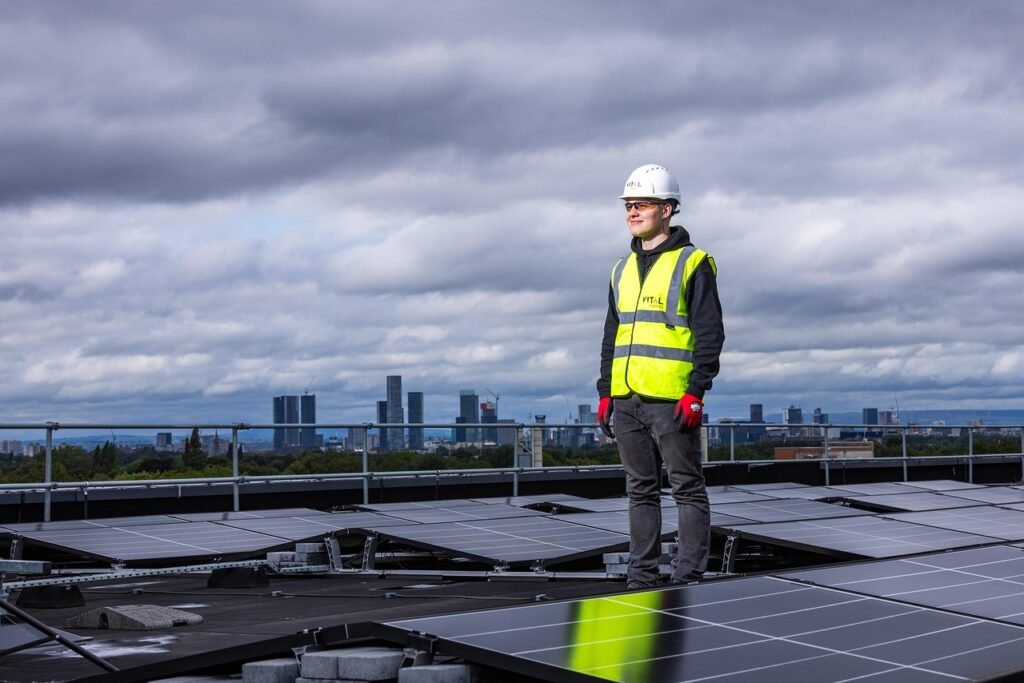The world is changing fast. Cities are getting bigger. So is the need for electricity. But power from coal and oil is hurting the planet. That is why many people are turning to solar energy. There is now a big idea going around: solar cities. These are places that aim to run mostly or fully on sunlight. The thought is simple. If we have the sun every day, why not use it to power everything we need? And if we call ourselves to live in a digital era of advanced technology, then why are we still relying on traditional energy resources? How close we are to 100% clean energy that could lead to ‘solar cities’ remains a pertinent question.

A solar city is a place where most of the electricity comes from solar power. That means homes, schools, offices, and even traffic lights get their energy from the sun. These cities try to move away from polluting fuels like coal and gas.
But it is not just about putting solar panels on rooftops. It is also about changing how people use energy. It needs better planning, better rules, and better tools to store the energy.
Some cities have taken strong steps. Places like Burlington in the U.S. and Adelaide in Australia are using more clean energy every year. In some smaller cities, almost all the power now comes from renewable sources.
India has also started its plans. A few cities like Gandhinagar have covered many public buildings with solar panels. The idea is to cut down regular power use by at least 10%. That may not sound like much, but for a whole city, it matters.
Another big change is cost. Years ago, solar panels were expensive. But now they are much cheaper. People can put them in their homes without spending too much. This has helped more families and businesses join the shift.
Also, more local groups are coming together to build community solar projects. These let people who can not afford their own panels still get solar power. So it is not just a rich person’s option anymore.
Even with all that progress, we are not there yet. The biggest problem is that solar only works when the sun is out. At night or during cloudy days, it does not produce power. So cities need big batteries to save extra energy for later. These batteries exist, but they are still costly and not used everywhere.
Also, many cities still run on old power systems. These were not built to handle solar energy going in and out. To make things work better, the whole setup needs an upgrade. That takes time and money.
Rules and support from the government also make a big difference. Some places give people money back if they install panels. Others don’t. That gap slows things down.
And then there is fairness. A lot of low-income areas still don’t have access to solar energy. If we want real progress, every part of the city needs to be included. Otherwise, clean energy stays out of reach for many.
We have come a long way, but there is still a long road ahead. Some cities are close. Others are just beginning. The cost of solar has dropped. People are more aware. More homes now have panels. But solar still makes up a small part of the world’s power. Fossil fuels still lead.
To reach 100%, we need strong action not just from leaders, but from people too. That means better laws, better systems, and better support for all.
The idea of a solar city is no longer a far-off dream. It is real. It is already happening in small steps. The sun gives us more power than we could ever use. We just have to build the right way to catch it. If we keep going, if we include everyone, and if we stay steady, we’ll get there.
Clean energy is not a question of if. It is about how soon.